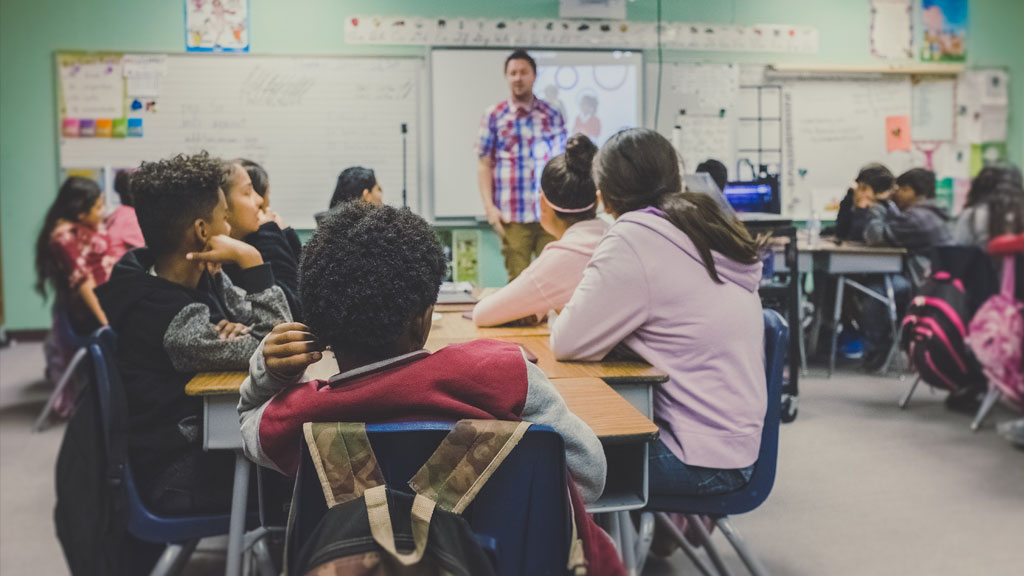Harlem is widely known for its rich history and culture, but many parts have also been stuck in a vicious cycle of poverty. I grew up in East Harlem in an area also known as “Spanish Harlem.” The majority of residents are Latinx or Black and low-income. By the time I was in high school, I quickly caught on to the differences between my community versus more affluent areas around Manhattan and the rest of the city. A lot of schools that are in low-income neighborhoods simply don’t have access to the same resources, funding, or experienced staff members that schools in zip-codes with a higher average income do.
Education inequality is the unequal distribution of academic resources between communities. More often than not, historically disadvantaged and oppressed communities are faced with this dilemma. Marginalized groups within oppressed communities are more likely to be denied access to schools with abundant resources because a lot of students have to attend a school based on their zip-code. The results of education inequality can be devastating in a child’s life because they are faced with consequences rather than solutions to a problem that they have little control over.
For instance, in New York, some schools in non-white areas are said to receive more than $1,000 less per student. Furthermore, an organization called the Center for Popular Democracy put together a report on how New York City spends roughly $746 million a year that allows for a pipeline to send students to prison. The cost is derived from having to pay for things like “school safety personnel, suspension centers and hearings, court fees,” and more. Based on their calculations, if New York City were to reallocate their funds from prisons and used it for schools, it could provide nearly $400 million to be re-invested in supportive programs for students such as: restorative practices, stronger mental health services, training to provide culturally responsive education, universal youth jobs, reduced fare MetroCards for low income commuting students, college access programs, and even possibly access to free, high quality higher education.
One of the most crucial factors that contribute to low quality education is how inexperienced teachers and staff are when dealing with students that come from a different culture than theirs or that have a disability. This is also known as the lack of “de-escalation” or sensitivity training for all school personnel. Teachers and staff without the proper de-escalation training often resort to including law-enforcement which targets minority students. Black and Latinx students that have a history of facing harsh punishments including short or long term out of school suspensions are at high risk of getting caught in the criminal justice system. Following these out of school suspensions, research has shown that in 2017:
- 92% of all students who were arrested are Black and Latino, when they only make up 67% of the student population
- 91.7% of students that received criminal summons at their schools were Black and Latino
- Police are 8.3 times more likely to intervene if a student is black than if a student is white, and 4.4 times more likely to intervene if the student is Latino
- 70% of all criminal punishments are for non-criminal violations and misdemeanors
Students are faced with harsh consequences rather than the implementation of having guidance interventions before long term suspensions. Without providing alternatives, “an arrest for the first time in high school nearly doubles the odds of the student dropping out, and a court appearance nearly quadruples the odds of the student dropping out.” This is almost outwardly denying a child of their education, and for those that already come from disadvantaged backgrounds, this means that they are likely to be ushered into the incarceration system.
Regardless of how high or low the income is in a neighborhood, children should have access to a high quality education. Without the proper funding, training, and resources, children in less fortunate situations miss out on opportunities that would help level the playing field. Education inequality is one of the main reasons why there is a lack of diversity in many industries. Simply hiring a Black Human Resources lead or an officer for Diversity and Inclusion won’t fix that issue. The talent pool has limited diverse options because the problem is rooted in education. Alongside the city and state, organizations and businesses can play a great role diversifying the talent and applicant pool and create systemic change. If more students across the board had the same access to the quality of education that students from more fortunate backgrounds had, they might be able to pursue their dreams or gain opportunities that bring them closer.
I know plenty of students who beat the odds that they are faced with growing up, just to face an even bigger giant: college. People who go to highschool in underserved communities are often underprepared for college and the life that follows. Many of them may drop out or postpone their education. We are often quick to blame them for their own mishaps, but why not also acknowledge that the education system they were placed in is flawed? The inequities students face early on, prevent them from obtaining higher education, internships, and other useful resources or skills. Harlem is an area filled with creative, talented, and intelligent young minds who offer unique perspectives to the world. However, because they may not have the proper credentials or skills, they are overlooked without a fighting chance. Please join me in the widespread effort to invest in underserved communities and education so that students can be given the opportunity to get that fighting chance. One simple way to invest and help is to use the Givsly platform and support the nonprofits listed. This way you can help students in Harlem and all around the country get the education they deserve.

